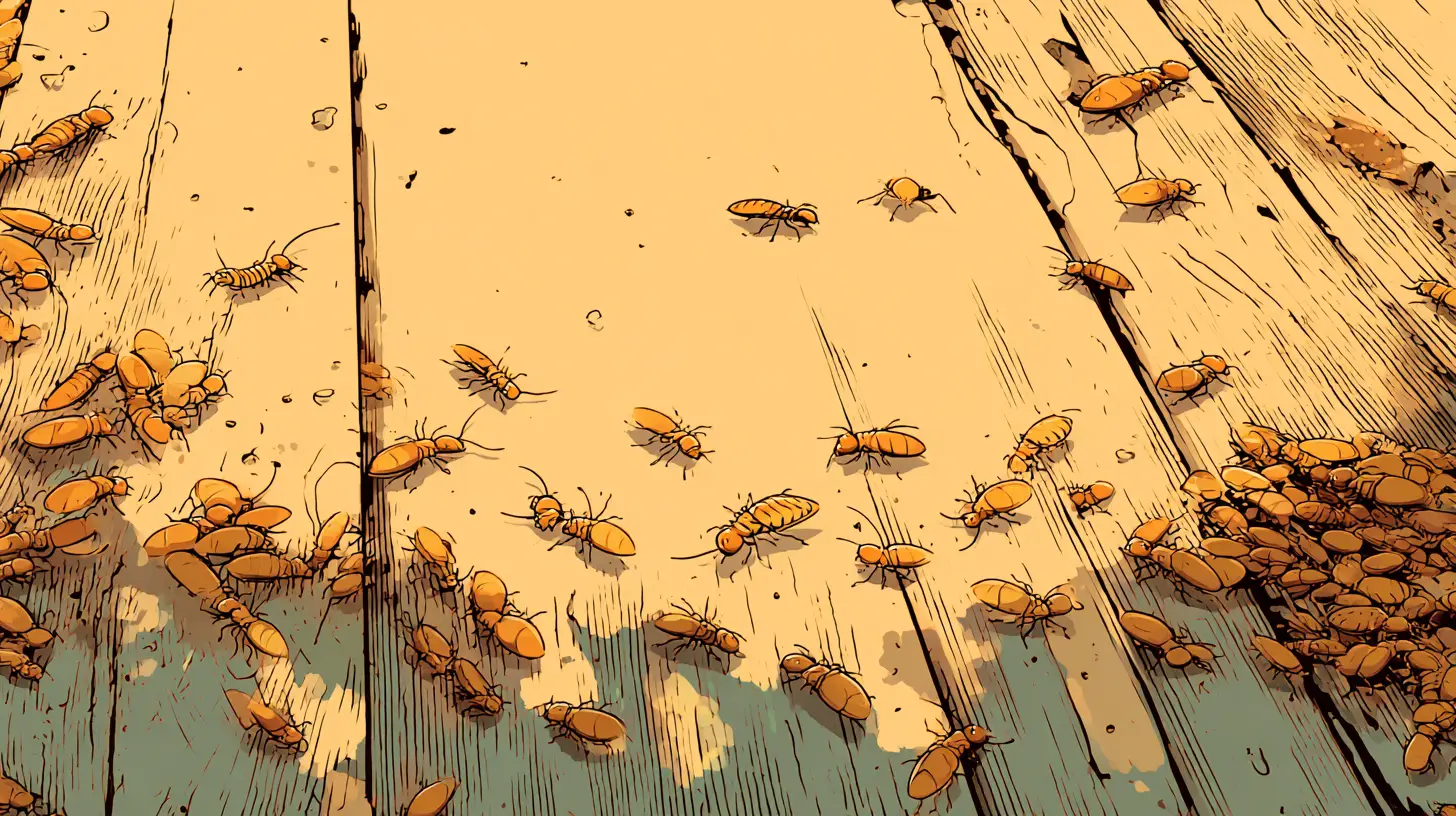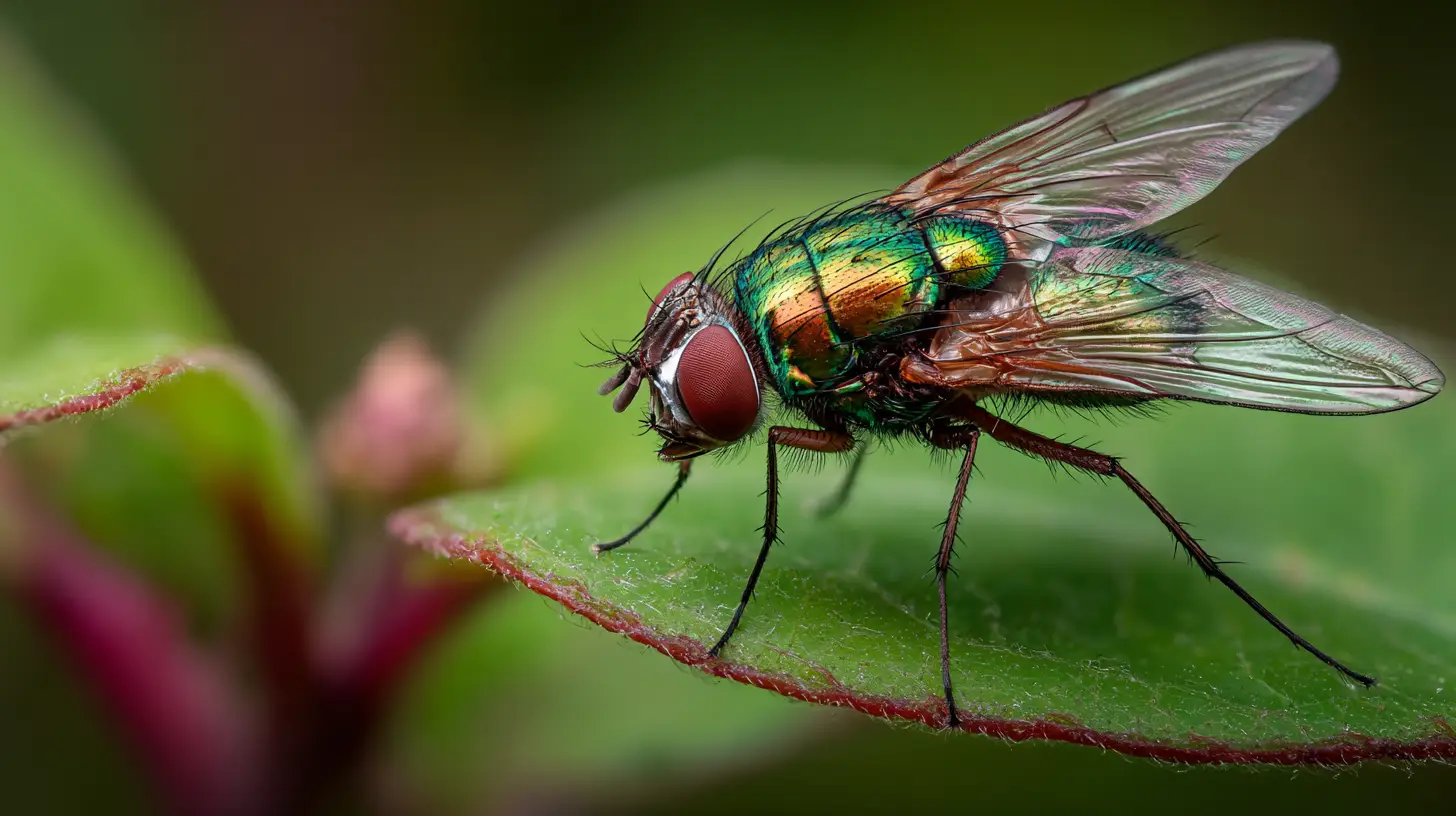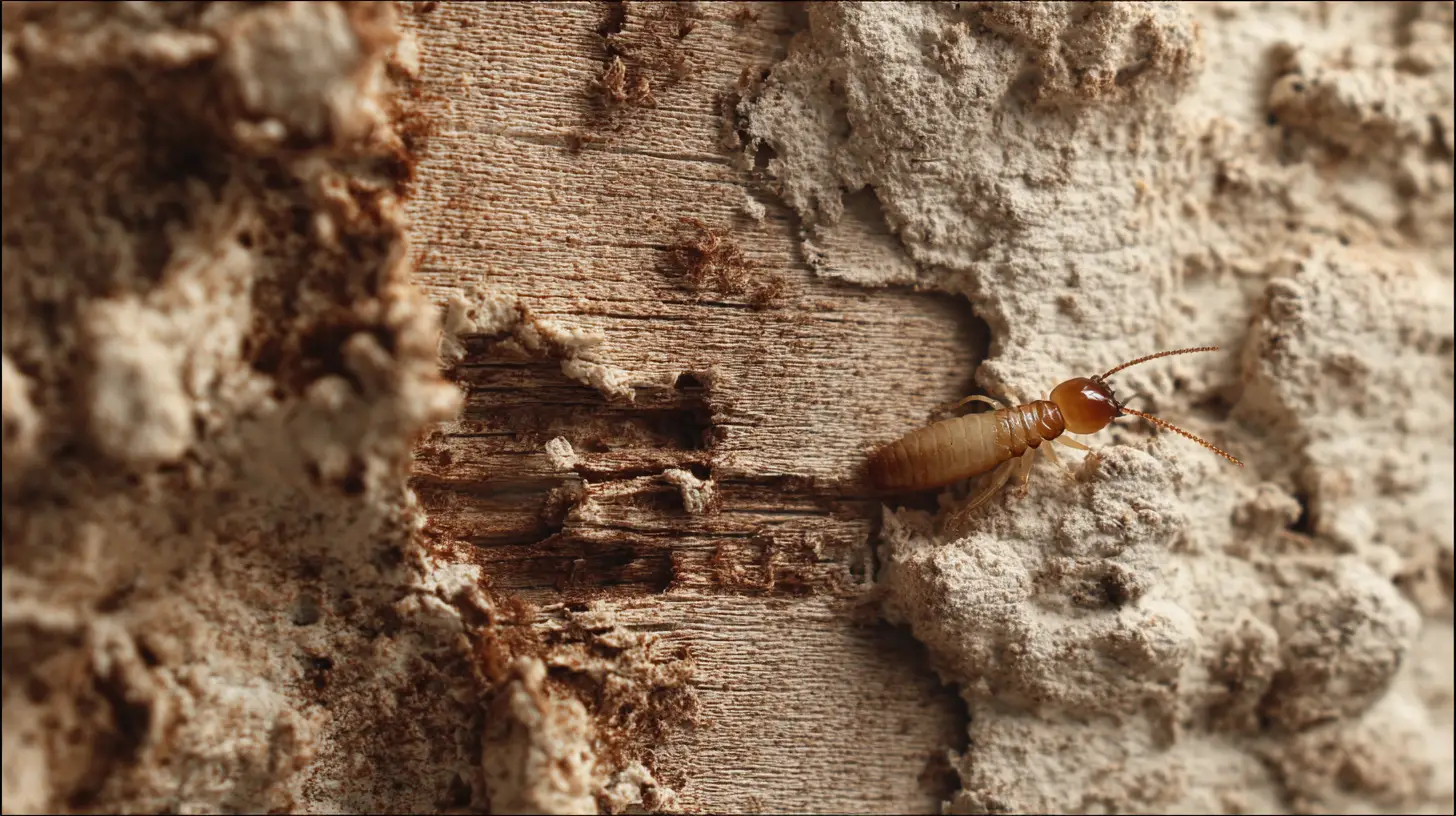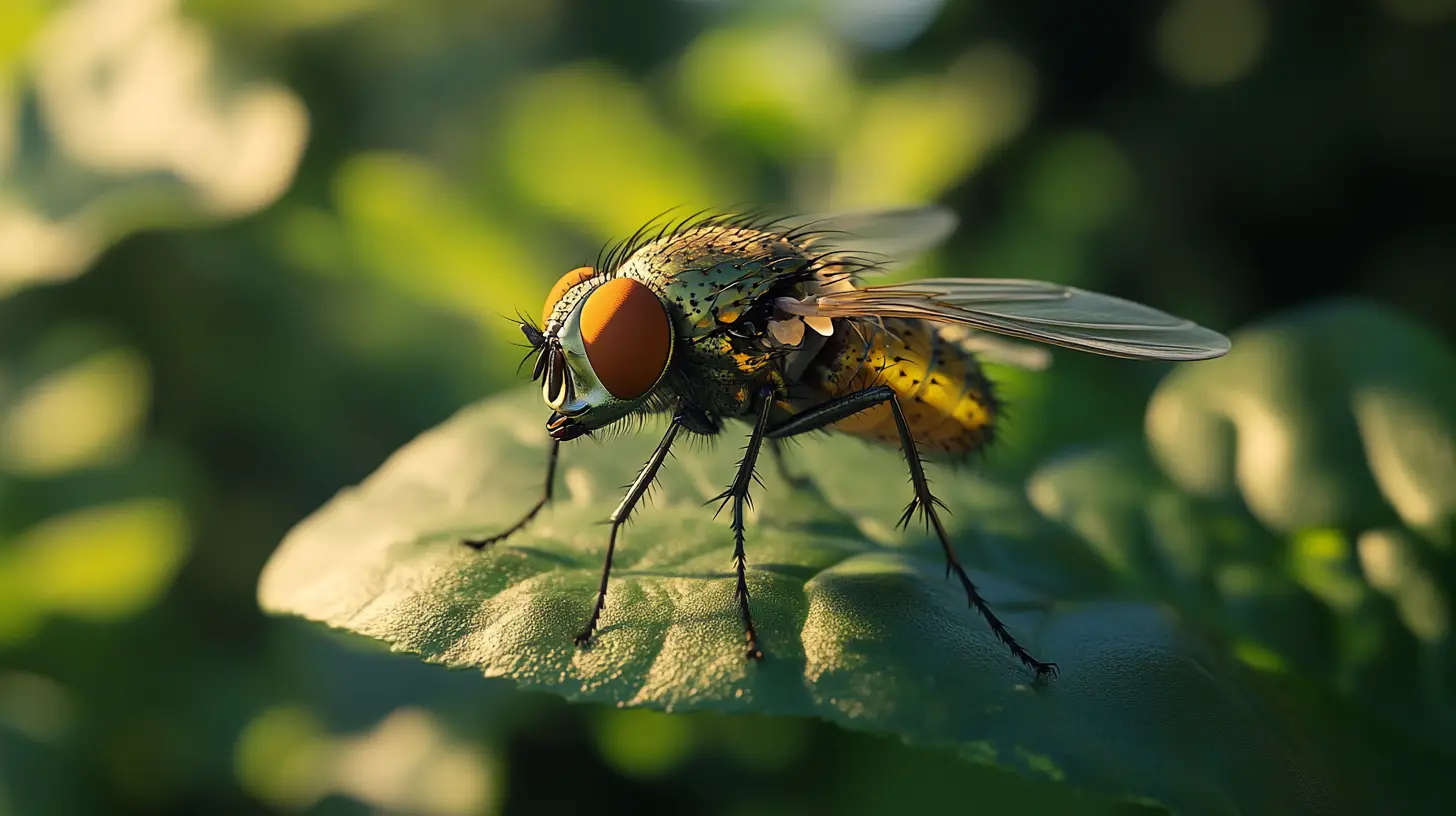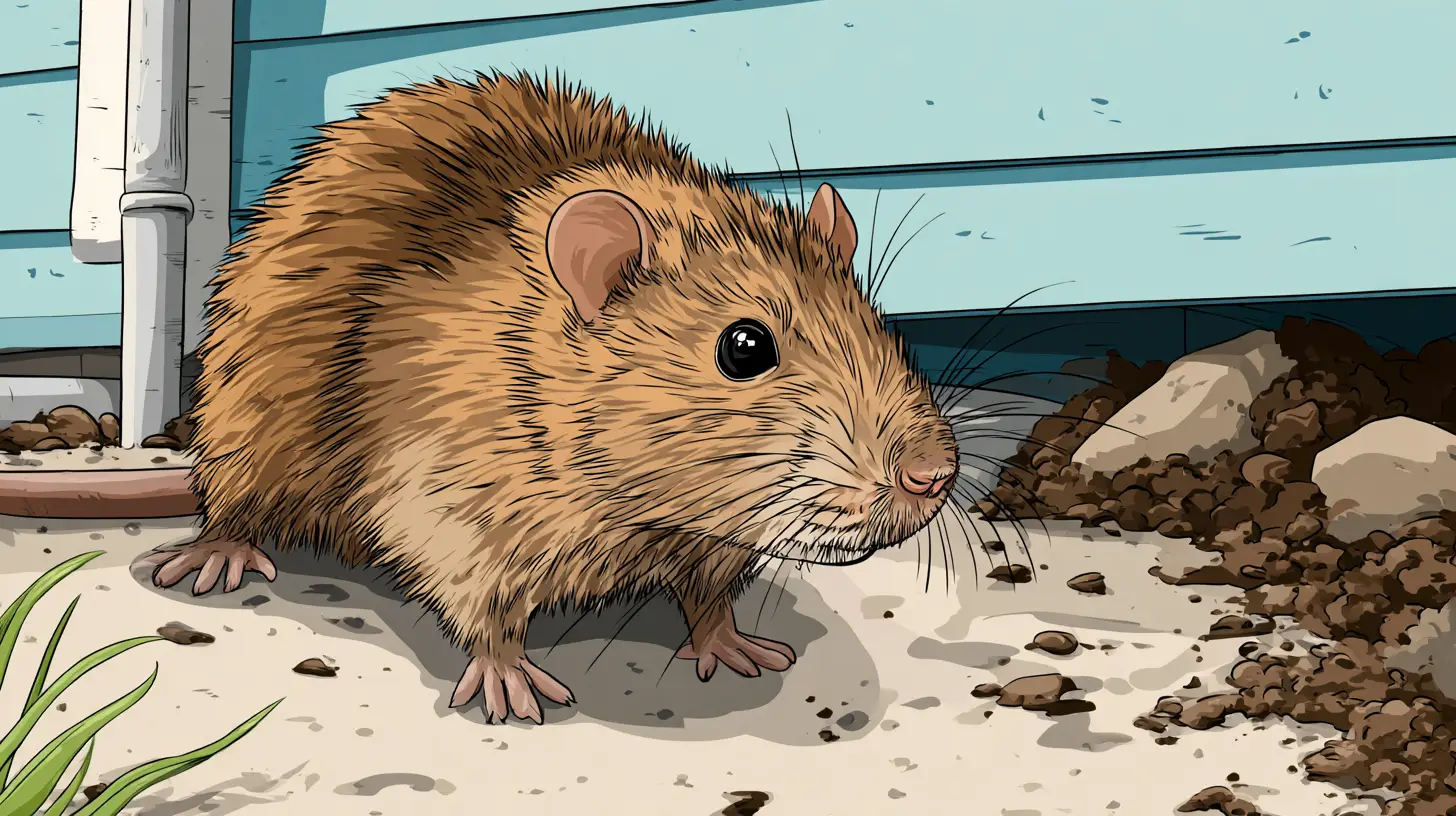
Table of Contents
Roof rats biology is something Bradenton homeowners need to understand if they don’t want these wiry little gymnasts setting up shop in their attics and palm trees. These rodents—also called palm rats—aren’t just a nuisance. They chew through wires (fire hazard), hollow out citrus fruit (bye-bye backyard oranges), and breed like it’s their full-time job. With our warm, humid weather in Bradenton, they can reproduce all year long, which means infestations escalate quickly.
Key Takeaways
- Roof rats (palm rats) are slimmer than Norway rats, weigh ½–¾ pound, and have tails longer than their bodies.
- One female can produce 4–5 litters per year, with 5–8 pups per litter, adding up to nearly 40 babies annually.
- They’re expert climbers, nesting in palm trees, attics, soffits, and even bird nests.
- They feed on fruit (especially citrus, mangos, papayas), pet food, and garbage, often leaving quarter-sized holes in fruit.
- Roof rats can chew through plastic, PVC, lead pipes, wood, drywall, and electrical wires, but not heavy steel or concrete.
- They rarely travel more than 150 feet from their nests—so if you see droppings or fruit damage, the nest is close.
- Florida’s subtropical climate (hello, Bradenton) means year-round breeding, making infestations hard to control without consistent effort.
Meet the Roof Rat: Bradenton’s Agile Invader
Roof rats are the acrobats of the rodent world. They’d rather run across a utility line than scurry along the ground. Their slim bodies, oversized ears, and long tails make them easy to distinguish from Norway rats. Unlike their ground-dwelling cousins, roof rats prefer heights—attics, rafters, fruit trees, and palm frond skirts are their playground.
- Body Length: 6–8 inches (tail adds another 7–10 inches).
- Color Variants: Black with a gray belly, or brownish-gray with lighter undersides.
- Lifespan: About 1 year, but plenty of time to wreak havoc.
- Breeding Rate: Up to 40 young per year from a single female.
What They Eat in Bradenton
Our tropical yards are basically five-star resorts for roof rats. They’re especially notorious for:
- Hollowing out oranges, grapefruits, and mangoes from the stem end.
- Raiding papayas, figs, and melons, often eating the entire inside while leaving the peel behind.
- Sneaking into pet food bowls, livestock feed, and spilled birdseed.
- Chewing PVC irrigation lines and lead pipes to get water in dry spells.
If you’ve ever gone to pick a perfectly ripe orange only to find a rat-sized hole and empty peel, you’ve been robbed by a roof rat.

Get Rodent-Free Today!
Trust Waves Pest Control for professional rodent control in Bradenton, FL. Call now or request your free quote online!
Request a QuoteWhat Roof Rats Can Chew Through
Their teeth grow 4–5 inches per year, which means they never stop gnawing. And they don’t discriminate. Here’s their resume of destruction:
- Electrical wires: Stripping insulation, sparking fire hazards.
- Plastic & PVC: From irrigation tubing to plumbing lines.
- Lead pipes & soft metals: Yes, even “metal” isn’t always safe.
- Wood & drywall: Entry holes and nest expansion.
- Insulation, foam & caulk: Easy shredding for nesting material.
The only real defenses? Concrete, steel, and heavy-gauge hardware cloth.
Weird Rat Facts That Will Make Your Skin Crawl
- Roof rats can jump 4 feet horizontally—think attic beam to attic beam.
- Their droppings look like tiny bananas (and no, you don’t want to step on one barefoot).
- They usually keep their foraging to a 100–150 ft radius, so signs of activity mean their nest is nearby.
- They were major carriers of the bubonic plague centuries ago and still spread diseases like leptospirosis, salmonella, and typhus.
- Some Bradenton residents have reported roof rats chewing car wiring, leading to pricey mechanic bills.
Why Bradenton is Rat Paradise
Bradenton’s subtropical climate means warm winters, humid summers, and a never-ending fruit supply. Roof rats love:
- Palm trees (especially the skirts of dead fronds).
- Citrus groves and backyard fruit trees.
- Hurricane damage (storms create new openings in roofs and soffits).
- Dense landscaping like vines, ivy, and thick shrubs.
Our environment creates perfect conditions for roof rats to thrive—and because they can breed year-round, ignoring a problem just means you’ll have more rats next month.
Frequently Asked Questions (FAQs)
How do I know if I have roof rats?
Look for hollowed fruit, banana-shaped droppings, scratching in your attic at night, or greasy rub marks along rafters and beams.
Do roof rats chew wires?
Absolutely. It’s one of the leading causes of electrical fires linked to rodents in Florida homes.
Can roof rats chew through metal?
They can chew through soft metals like aluminum siding or lead pipes. Heavy-duty steel and concrete are the only safe bets.
Where do roof rats usually nest in Bradenton?
Common nesting spots include palm frond skirts, attics, wall voids, and dense shrubs or ivy.
How fast can an infestation grow?
One female = up to 40 offspring a year. With overlapping litters, you can go from a couple of rats to a full-blown colony in just a few months.
Do roof rats only live in rural areas?
Nope. They’re just as common in Bradenton neighborhoods, moving along utility lines and nesting in suburban yards loaded with fruit trees and palm trees.

